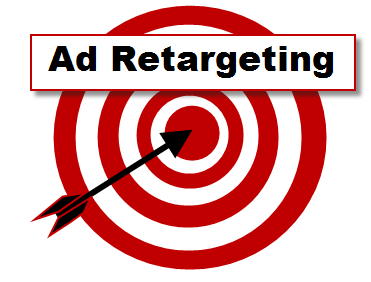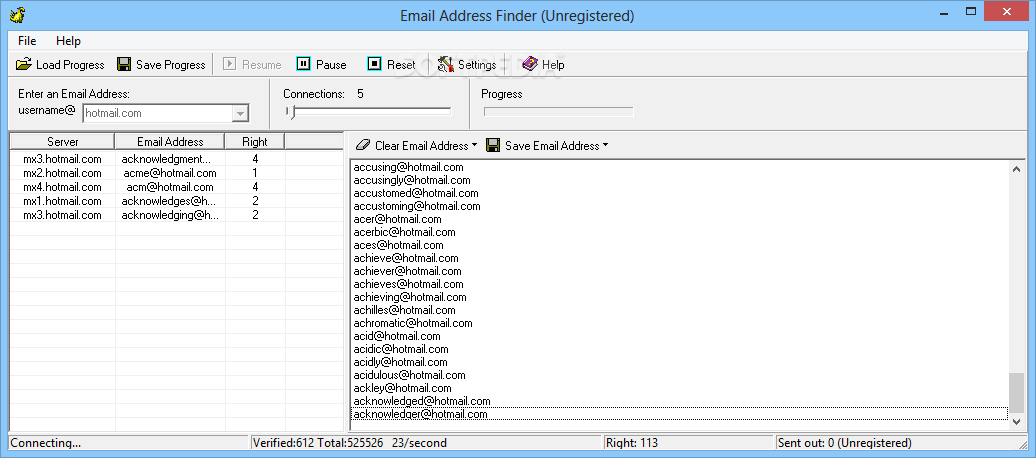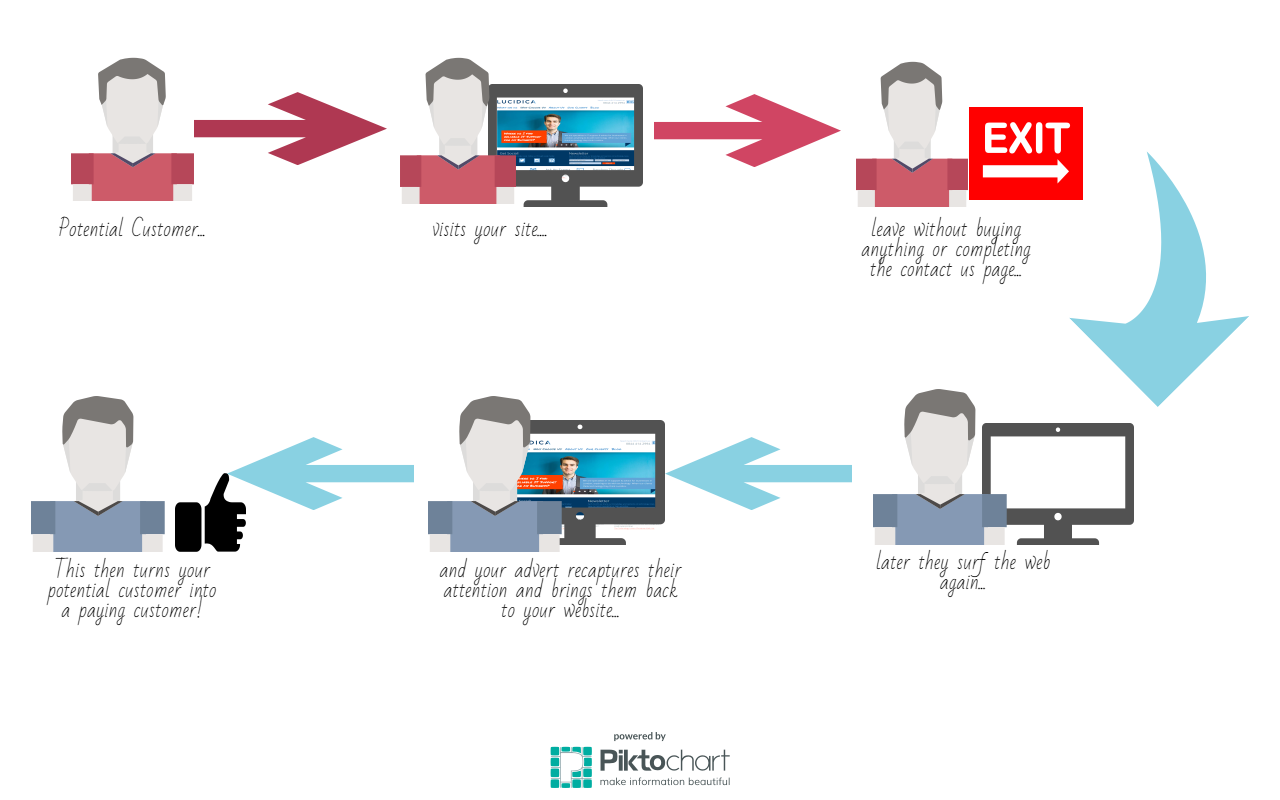
Retargeting your way to Success
Retargeting your way to Success
The big debate in the marketing world is the utilisation of cookies. Does the usage of cookies through retargeting ads improve your chances of making a visitor a customer? Many businesses are unsure about the use of retargeting as a form of online advertising as retargeting can be seen as a form of spam and an invasion of privacy. This article will outline what retargeting is and why it would be good for your company.
What is retargeting?
Most internet users will confess to getting themselves into an internet binge where they just jump from page to page getting distracted by random products and ads. This stream of random pages means that sometimes it’s hard to get back to a page they may be interested in looking further. Through retargeting, businesses can remind potential customers of their product, tell them something new or offer them a tailored deal. These retargeting campaigns can work in two ways:
Pixel Based Retargeting
Pixel based is the most common form of retargeting. It ensures that content gets shown to any user that has visited your website through the utilisation of cookies. The cookies then collect data on user patterns, behavior and specific pages they looked at and target their ad based on that. However, compared to a list based retargeting a lower volume of people are targeted by the campaign as it is based on how they got there.
List Based Retargeting
This isn’t used as much as it requires a list of contact information in a database. To implement this retargeting, you upload a list of email address to a retargeting campaign (usually on social media) and the platform will identify their users under that information and retarget ads for them. This means that the campaigns go to a larger group of people and allow you to alter what lists they go on. But it also means that if people have different email addresses for social media and the email they gave you, the campaigns will not get to them. So, success rates vary.
How easy is retargeting to implement?
Retargeting is easy and a cost-effective marketing tool. You are marketing to people who have already shown an interest in your service making the conversion rate a lot higher than a standard advert. It is, however, important to be realistic too and know retargeting is not always 100% accurate. There are times where other people have used a device and so the current user is uninterested in the advert you are offering them. There will also be a time where people ignore your adverts and find them irritating as there was a reason they didn’t purchase anything on the first visit. But for every one you get wrong, the ones you get right should outweigh that massively.
Retargeting is also used when a company is opening a new product or brand. Retargeting means they can utilise their current visitors and target new information to them instead of general visitors. It will allow the brand or product to gain some popularity from an audience who you know has an interest in that sector. This is an initial step until the product or brand builds enough interest to contract independent data.
But how do I do it?
There are quite a few options for implementing your retargeting. Third party platforms such as PerfectAudience, AdRoll, Retargeter, Bizo do the hard work for you and create the retargeting campaign. You can also retarget through specific platforms like Facebook, Twitter, and LinkedIn.
Step by Step guide on how to complete a campaign is:
- Create a list of leads to retarget
- Upload the list to the platforms audience manager
- Determine your destination URL
- Segment your ads based on location or audience
- Set your budget
- Create your Ad
- Track your progress
Top Tips if you’re thinking of starting to retarget by Sally Rowland:
- Plan your audiences. Look at your site and based on the content, develop segmented audiences. If there’s no obvious split, do a generic advert to start with which all users will see.
- Reflect your brand. Your ads must tie in with your branding and website; only then will the ‘reminder factor’ kick in.
- Test, test, test. A tweak here and there goes a long way. If an ad is working well or not, keep testing variations to improve performance.
- Remember to schedule ads to keep your visitors happy. There’s nothing worse than seeing the same advert over and over again everywhere you go online. Ensure you change the adverts around and keep a schedule in order to maintain their impact.
- Use tailored offers. The strongest call to action is usually a special offer. Promoting your offers via retargeting means that only your warm prospects will see them.
Do you have your own opinion on targeted marketing on whether it’s a positive or a negative tool? Or have a unique way you advertise your company through targeted marketing. Send us a message, we would love to hear from you!




